The nimble Suzuki Gixxer 250 takes on the re-styled Yamaha FZS 25, the muscular Bajaj Dominar 250, the stylish Husqvarna Svartpilen 250, and the sporty KTM 250 Duke.
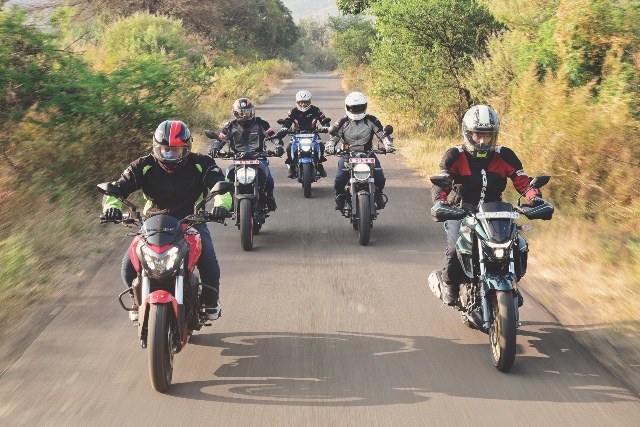
As more manufacturers start venturing into the 250-cc segment, the enthusiast has a pretty decent buffet spread to choose from. Honda and Kawasaki no longer rule the quarter-litre class since the CBR250R is now phased out and the entry-level Ninja has graduated to 300 cc.
Practically every other brand has entered the 250-cc arena now, allowing us to invite them all to the Bike India fight club. These include the recently re-styled Yamaha FZS 25, the muscular Bajaj Dominar 250, the nimble Suzuki Gixxer 250, the stylish Husqvarna Svartpilen 250, and the sporty KTM 250 Duke. But which one is the best in the ring? We have a unanimous winner, read on to find out.
Yamaha FZS 25: Mechanically, the FZS 25 is the oldest motorcycle here, but let this not overshadow its virtues. The FZS is a slightly more premium version of the FZ25 and gets a new-shape headlamp and hand-guards (both not my favourite aspects), but the golden wheels do make it appear upmarket. What does impress me is the quality of plastic parts, consistent panel gaps, and the overall finish. The highlight remains the rider’s ergonomics with a wide handlebar, comfortable seat, and a low saddle height of just 795 millimetres. Both the rider and pillion can get on and off the bike without pulling their muscles, which is a big plus point in terms of everyday use.
KTM 250 Duke: Next in line is the BS6 KTM 250 Duke which, thankfully, looks a lot less like the 200 Duke and more like the larger 390. It clearly is the sharpest design here, especially with the new LED headlamp. That bright orange colour scheme has become synonymous with performance and if you spot one, you instinctively move out of the way. This is the reason the brand is sticky with the younger lot, though mature buyers usually find the focused riding position — the 822-mm seat height with firm cushioning and the rear-set foot-pegs — a little too overwhelming. One must note here that the quality of plastic and switches is not as good as that offered by the Japanese.
Bajaj Dominar 250: Meanwhile, Bajaj’s Dominar 250 uses its power-cruiser-ish appeal to attract more mellowed adventure seekers. It’s identical to the Dominar 400 with some minor tweaks, yet it’s appealing enough for those looking for a “big bike”. Mature riders will prefer the relaxed ergonomics, with plenty of space for the rider, a large and comfortable seat, and foot-rests that are not too rear-set. The quality and finish are decent, too, and there’s little to complain about, keeping the price in mind. However, this motorcycle tips the scale at 180 kilograms, which makes it the heaviest in the segment (25 kg heavier than the Japs and roughly 15 kg more than the KTM and Husky). Also, the 130-section rear tyre isn’t radial and simply doesn’t complement the bulky bodywork and is also the narrowest in this lot. The FZS 25 comes with a 140-section rear, while the KTM and Suzuki run on 150-section radials which deliver good grip and also make for nicer proportions.
Suzuki Gixxer 250: The Suzuki Gixxer 250 introduced sticky radial tyres to the segment and made it a benchmark. The bike’s design is an evolution of the Gixxer 155 and now with the MotoGP-inspired livery, the Suzuki never fails to attract a second look. The riding position is slightly forward bent, without being uncomfortable, and, like the Dominar 250, it gets a manageable 800-mm saddle height. Since you can comfortably get your feet on the ground, it’s easy to manoeuvre the light-weight Gixxer around. But it’s not perfect. With the slightly upswept seat, the rider tends to slide forward during hard braking. Also, the bike is pretty compact, leaving little room between the seat and the handlebar. Taller riders might find moving on the bike somewhat restraining.
Husqvarna Svartpilen 250: If this article were about a beauty pageant, the Husqvarna Svartpilen 250 would have won the crown. Although it’s based on KTM 250 Duke’s platform and manufactured at the same Bajaj plant, the Husky looks like nothing else rolling out of that production line. This Swedish motorcycle is very exotic, right from the minimalistic styling, exceptional fuel-tank design, a circular headlamp with LED DRL, and funky yellow highlights. Its centralized mass and very neatly designed tail section look so appealing. What’s there not to like about this Scrambler-inspired design? Well, a few things, actually. For instance, the wiring and cables visible around the engine look very unkempt. While the sky-scraping 842-mm seat height will make most Indians realise that they are vertically challenged. The claimed 145-mm ground clearance on their website seems unusually low (12 mm lower than the Dominar 250’s, 15 mm less than the FZS 25’s, 20 mm lower than the Gixxer 250’s), compared to KTM’s 185 mm. Having said that, during the comparison shoot none of the bikes scraped its belly over speed-breakers or the usual potholes. Speaking of which, the block-type MRF tyres on the Husqvarna offer decent on-road performance and have an edge over the others while encountering broken roads.
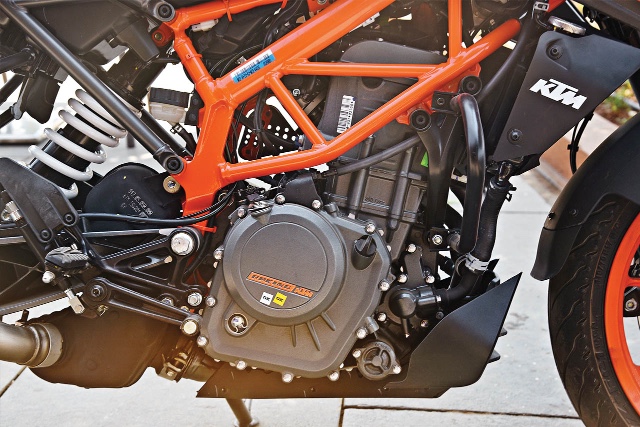
Engine and Performance:
The Husqvarna, KTM, and Bajaj use the same 248.8-cc, liquid-cooled, DOHC engine platform. Don’t expect this engine to have that wild power of the 390, but it’s the most well-balanced single in the Bajaj-KTM-Husqvarna line-up, with a good mix of refinement and performance. The European brands offer the exact same tune of 30 hp at 9,000 rpm and 24 Nm at 7,250 rpm, making them the most powerful in the segment — on paper at least.
The setback for both these European-bred motorcycles is their weight, 166 kg in the case of the Husky and 169 kg in that of the KTM, which makes them the heaviest in the segment, barring the Dominar 250. The other issue is that the peaky nature of the engine (on the Husky and KTM) results in a dismal low-end grunt. To extract the most, it has to be revved hard and seems happiest between 7,000 and 10,000 rpm. Once in the powerband, both the bikes are a lot of fun and extremely engaging to ride.
We remember the BS4 KTM to be a hoot to ride with a faster 0-60 km/h performance compared to the Svartpilen 250, but our BS6 250 Duke felt a tad restricted under the stricter emission norms and not as free-revving. The Husky’s motor is more alive and responsive now, in comparison. On both bikes, enthusiasts will enjoy wringing the throttle and lighting up the streets or highway. There are evident vibrations on both once they cross 90 km/h, a sensation their Japanese counterparts are not prone to. It’s while pottering around town that riders will notice the lack of initial power in the KTM and Husqvarna. More experienced riders won’t get bothered but newbies might find maintaining the momentum and keeping the engine constantly on boil rather taxing, especially on longer rides.
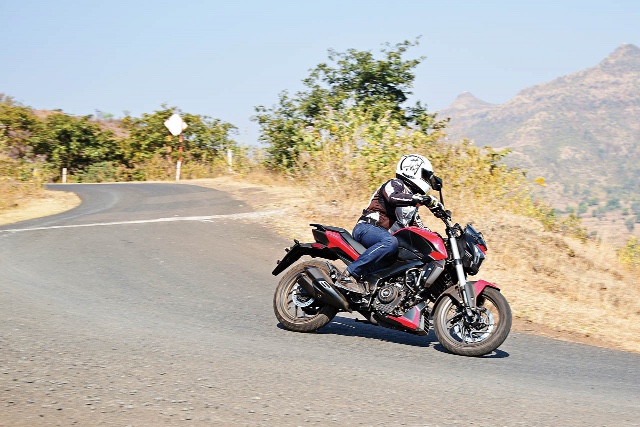
It’s commendable how Bajaj have tweaked the same motor to suit the Dominar’s effortless cruising character. It feels a lot more refined, sounds better, and, more importantly, it’s more tractable. This 248.8-cc mill produces 27 hp at a more relaxed 8,500 rpm and marginally less torque of 23.5 Nm that comes earlier at 6,500 rpm. The Dominar 250 isn’t the fastest of the lot but this easy-going nature will appeal to a wider audience. You know, those who are here to enjoy the journey and not necessarily be the first to reach the destination. The quarter-litre Bajaj has decent low- and mid-range which also make it very comfortable for a city commute, unlike its KTM-Husqvarna siblings. Twist the throttle even in third gear and there’s enough grunt to make it surge ahead without having to shift down. It’s just the wide turning radius (similar to the Husqvarna’s) and the heft which make Bajaj a little cumbersome for everyday life.
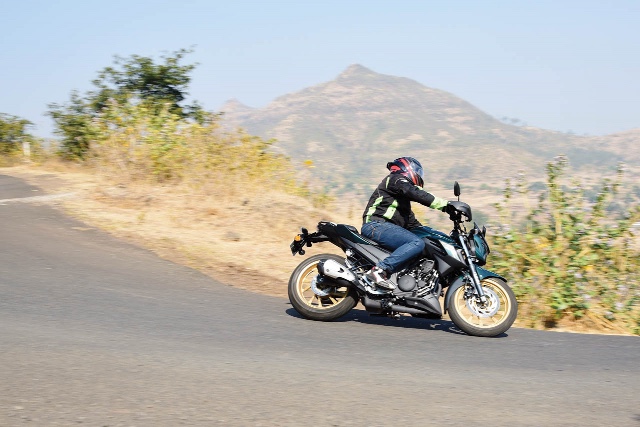
The easiest to live with has to be the Yamaha. Yes, despite it being the least powerful. The simple 249-cc air-cooled engine makes just 20.8 hp and 8,000 rpm and a modest torque of 20.1 Nm at 6,000 rpm. Also, this is the only bike here that gets a five-speed gearbox, as the rest are equipped with six-speed ’boxes. What works in the FZS’ favour is its light weight (remember, lightest in the segment?) and its strong bottom end. The refined engine might not be the mightiest but it’s quick off its feet and the entire power it produces is so usable. You can push it hard but it doesn’t enjoy being thrashed around too much and, at higher revs, the engine starts to sound strained.
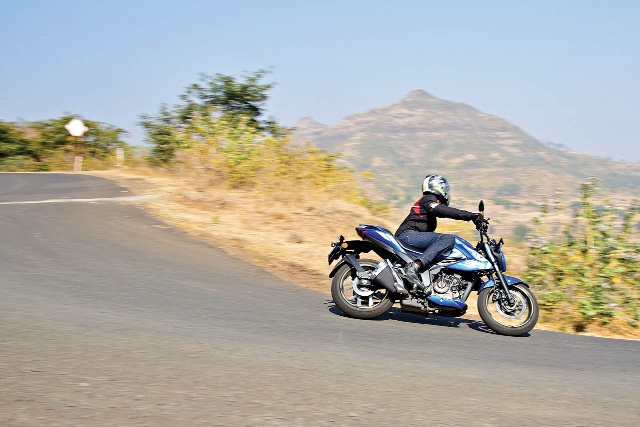
In terms of engine refinement, performance, and dynamics, the bike that impressed all the five riders here the most was the Suzuki Gixxer 250. The 249-cc mill is a purely oil-cooled motor that churns out a decent 26.5 hp peaking at 9,300 rpm and 22.2 Nm at 7,300 rpm. The highlight is how it perfectly balances city riding and highway cruising and is equally enjoyable in the winding ghat section. The power is evenly spread across the rev-range, making this Suzuki the most effortless to ride. Twist the wrist in any gear and there’s brisk and seamless acceleration. Manage the gears well and the experience becomes even more rewarding. The meaty mid-range gives it the strongest roll-on and it comes in handy during overtaking or when you just want to blast away into the horizon. This extremely friendly nature can be enjoyed by experienced riders as much as newbies.
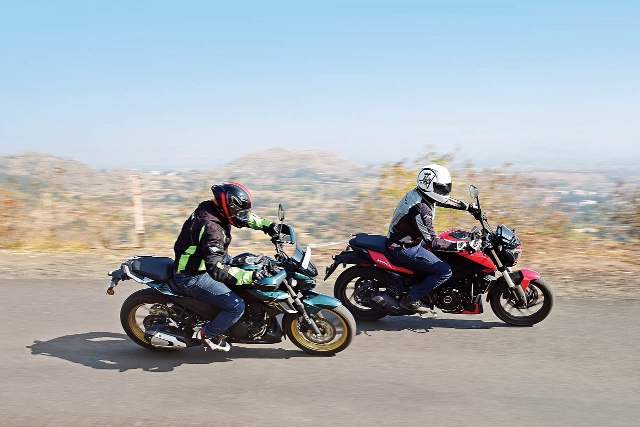
Ride and Handling: The other reason why we all fought for the Gixxer’s key is the way it handles. It has the shortest wheelbase and inspires confidence in corners. It’s so well-balanced and agile that the rider automatically appears super smooth while attacking corners. It’s so neutral that riders of different skillsets feel at ease and won’t shy from changing the cornering lines if need be. The radial tyres, which are very similar to the Duke’s, offer terrific grip and encourage you to lean further into bends. If I had to nit-pick, then the rear suspension set-up might seem a bit firm for the docile and the pillion may find getting on the tall seat more challenging. But none of the rest can match the equilibrium of handling, performance, and comfort that the Gixxer manages.
The Yamaha has great ergonomics, a comfortable seat that’s good for long hours of riding, and a refined engine with decent power. All of these make the FZS 25 ideal for city use and occasional weekend rides. This is why this Yamaha is still so sought after despite its age. But the weak spot is that the performance isn’t thrilling enough, while the longer wheelbase, rake and trail set-up, and the basic tyre do not create that connection with the rider which the KTM or Gixxer effortlessly manage. Finally, the very basic, negative LCD instrument console looks out of place on a 250-cc motorcycle.
Talking about features, the Husqvarna, like the KTM, brings some great equipment to the fight, including a steel trellis frame, the largest disc brake (front 320-mm, rear 230-mm), switchable ABS, and 43-mm upside-down fork up front. The Dominar gets the same rear disc but, like the Gixxer, a 300-mm front disc, while the FZS 25 gets the smaller 282-mm disc. Interestingly, the Yamaha set-up has an excellent feel and bite. The Gixxer gets radially mounted brakes and offer decent bite, while the KTM and Husky feel the sharpest.
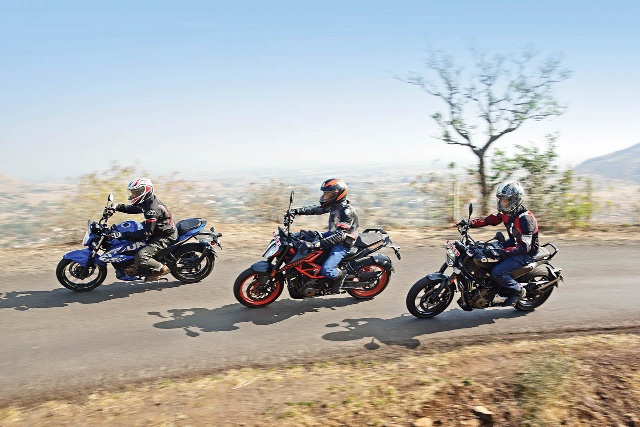
The KTM is super-sharp right from the brakes to its handling. This means you’ll have to be extra careful with the inputs while negotiating a fast corner. The good part is that experienced riders can correct the line mid-corner, though the lesser experienced ones need to be super-careful with this scalpel. Like the Husqvarna, the rev-happy engine and that razor-sharp chassis offer a sporty combination. What they lack is that neither of these is as exciting to ride as the larger 390 nor do they possess the spunky character of the 200 Duke.
The 250 Duke is a shade more likeable than the Svartpilen 250 thanks to the marginally lower saddle height and a more usable rear seat. In my book, the Husky makes for a sexy second bike, which one can pose with on weekends. But the KTM will be out of reach for many because it costs a staggering Rs 2.17 lakh (ex-showroom), which is Rs 28,000 more than the Husqvarna, and a whole Rs 50,000 more than the Bajaj and Suzuki. Yamaha is the cheapest of the lot with a sticker of Rs 1.39 lakh (ex-showroom). In the Bajaj universe, the Dominar 250 is the most well-rounded offering priced at Rs 1.54 lakh (ex-showroom). Although the KTM and Husqvarna are both very involving to ride, they lack the practicality the Dominar brings. It also has a more supple ride quality, excellent rear seat, and is a more forgiving bike than its siblings. If only the Bajaj weighed a little less, came with better tyres, and had a tighter turning radius.
Verdict:
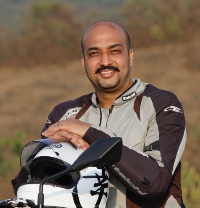 Sarmad Kadiri: Under the Bike India microscope, it’s interesting to see that there’s a bike here for every type of rider. The KTM for those who want a premium bike with sharp performance, the Yamaha fits every pocket and is fairly engaging to ride, the Husqvarna for exclusivity and unmatched style, and the Bajaj for those who set sights on longer destinations and where comfort is king.
Sarmad Kadiri: Under the Bike India microscope, it’s interesting to see that there’s a bike here for every type of rider. The KTM for those who want a premium bike with sharp performance, the Yamaha fits every pocket and is fairly engaging to ride, the Husqvarna for exclusivity and unmatched style, and the Bajaj for those who set sights on longer destinations and where comfort is king.
The Suzuki manages to pack in most of these virtues surprisingly well and makes the rider feel extremely confident as soon as they get astride. As an overall package, the Gixxer 250 is the unanimous winner.

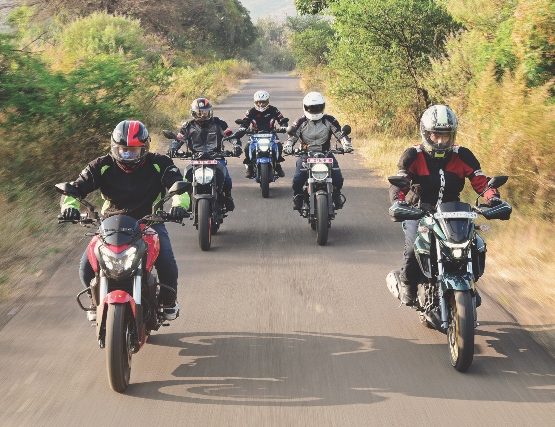
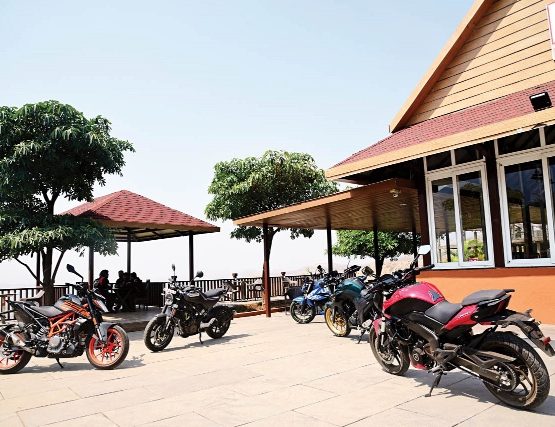

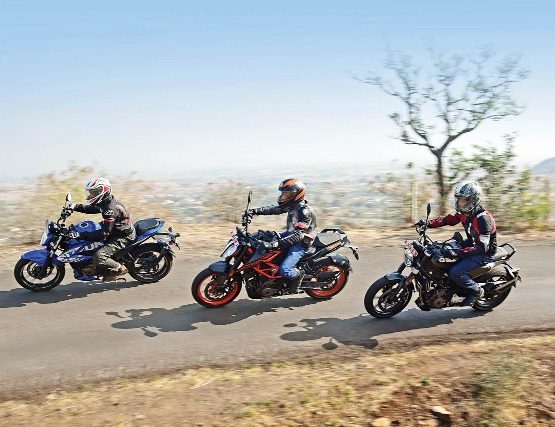
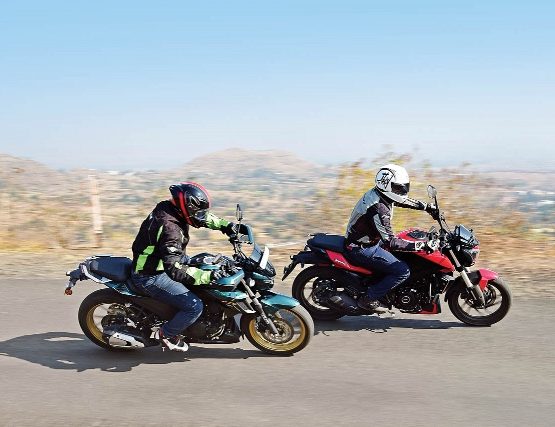
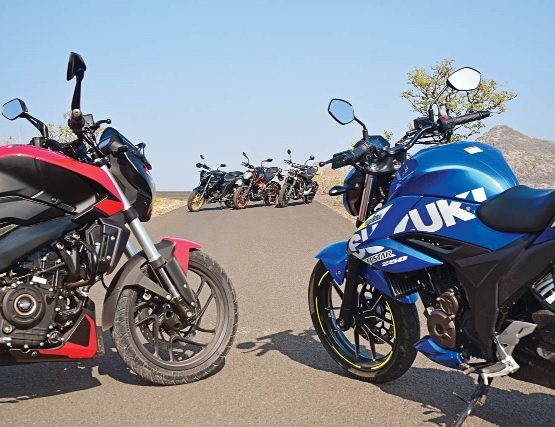
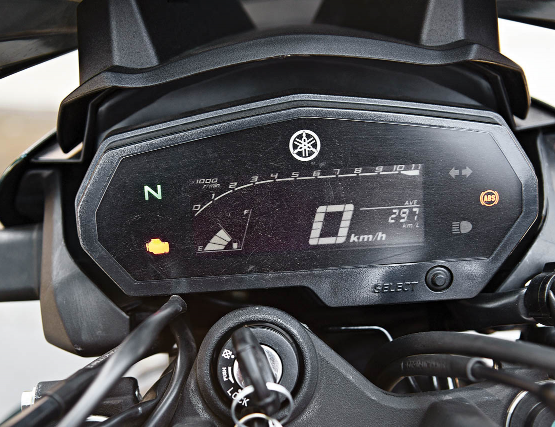
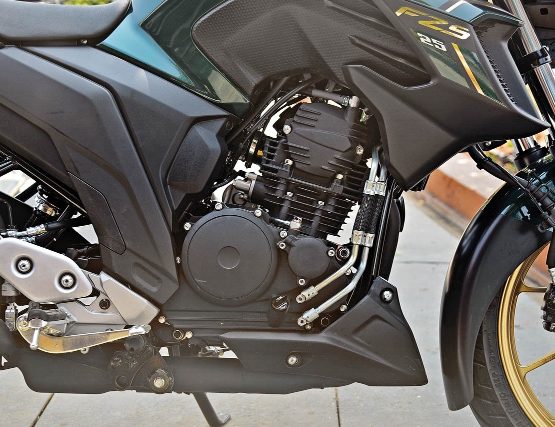
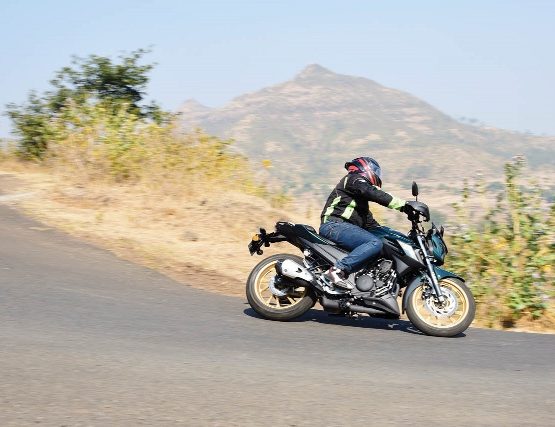
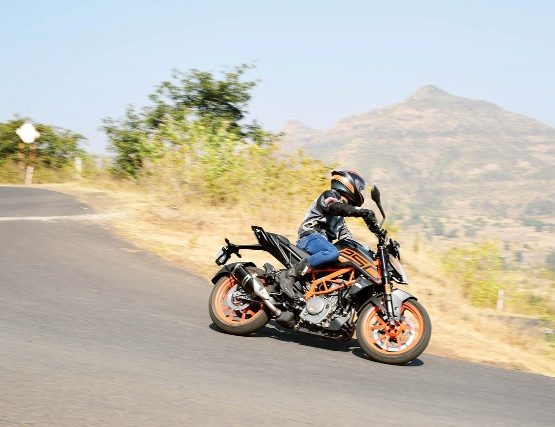
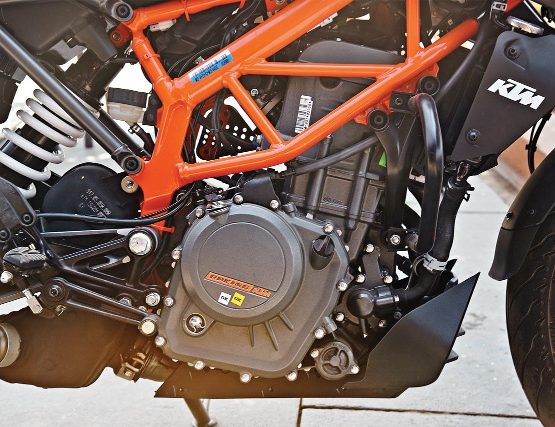
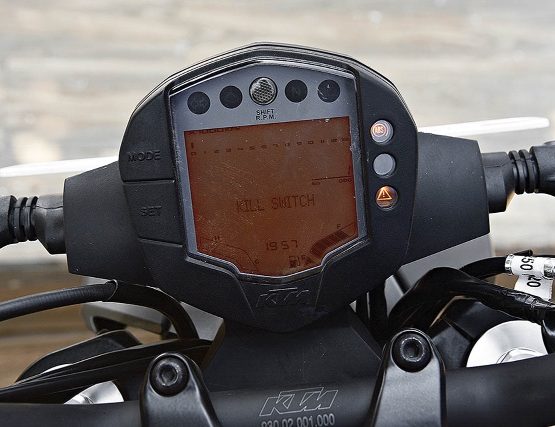
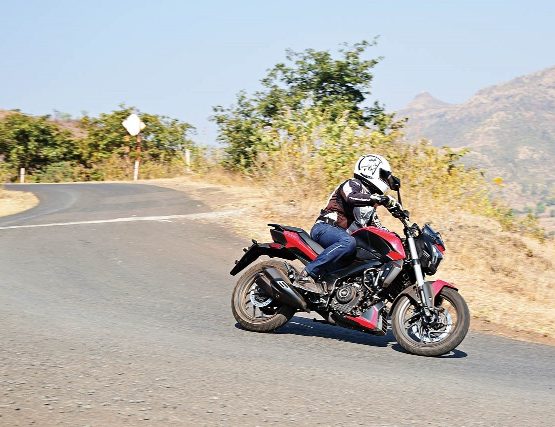
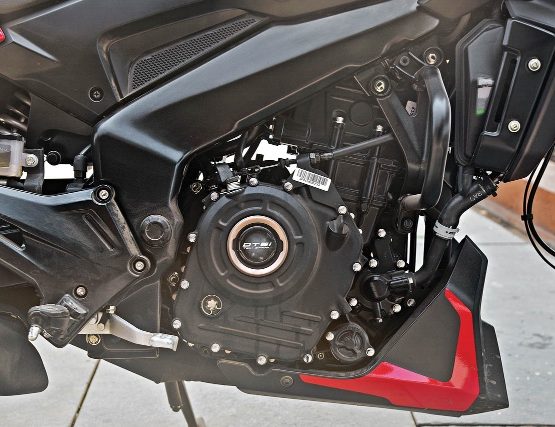
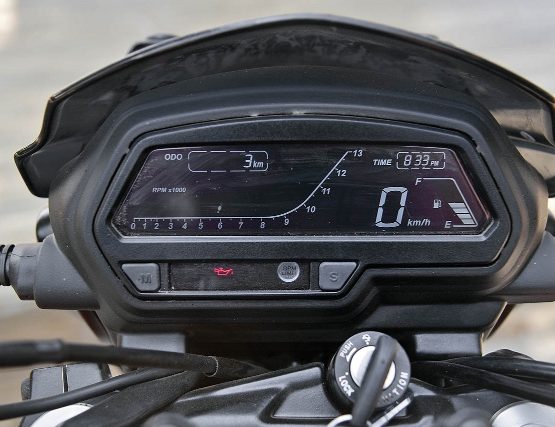
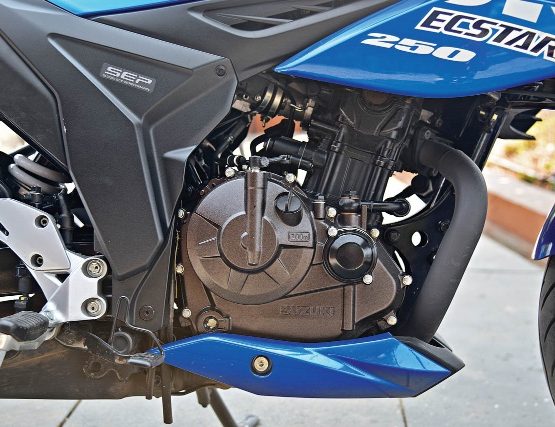
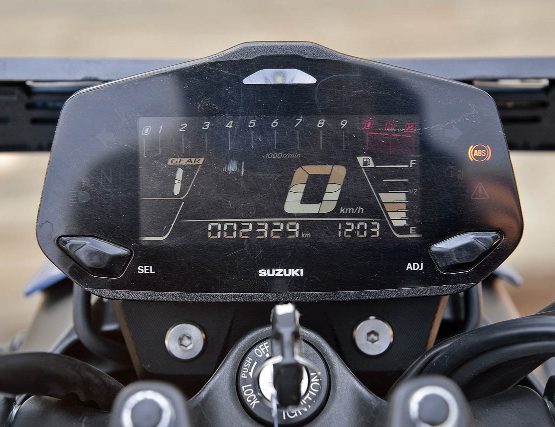
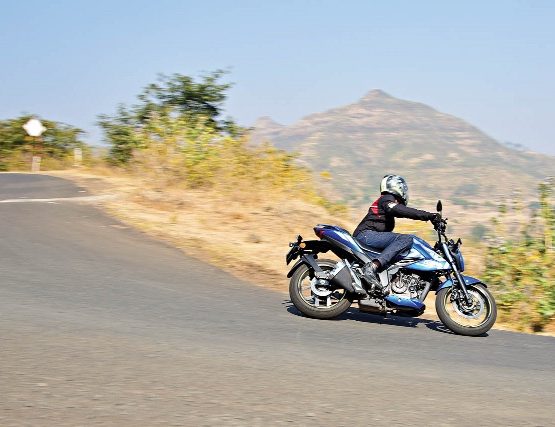
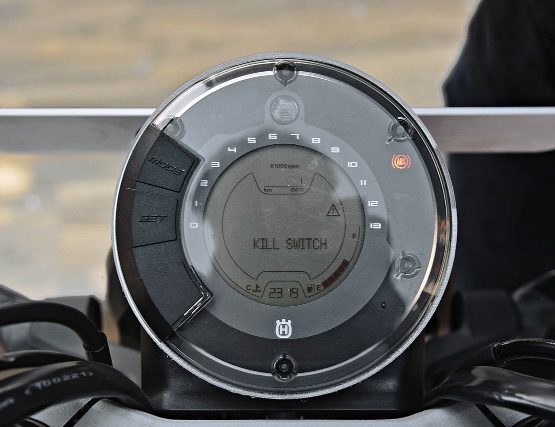
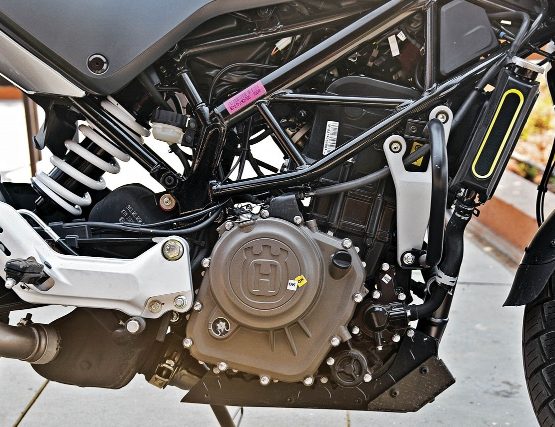


Leave a Reply